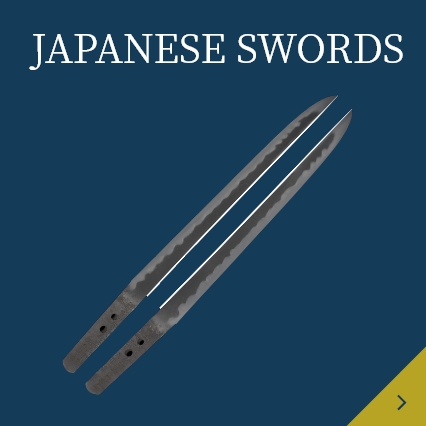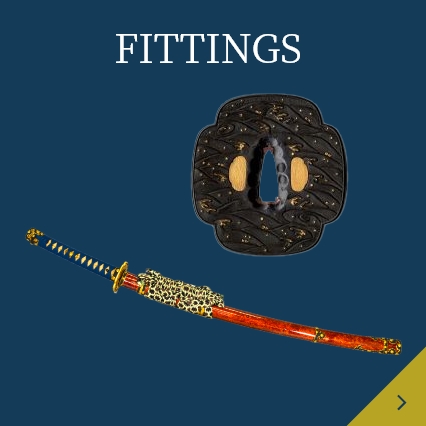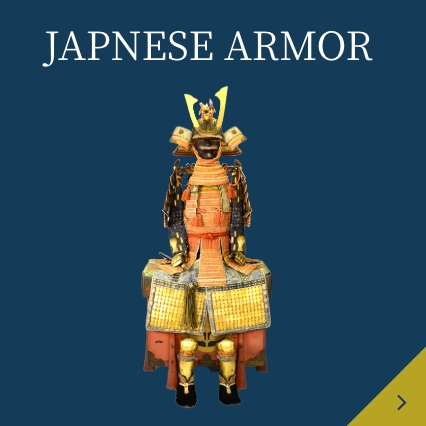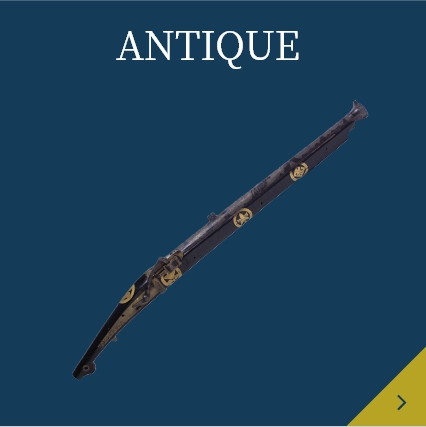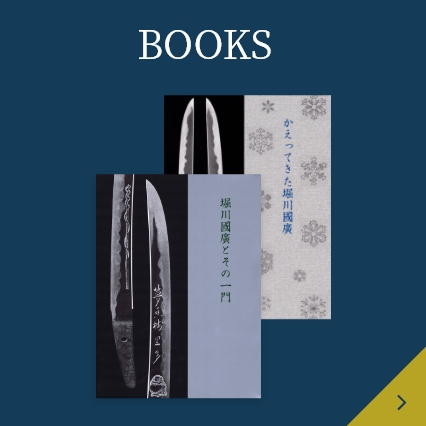Fujishiro Meito Included in the illustrated book
katana(Tanba no kami Yoshimichi)
(First generation)
藤代名刀図鑑所載
刀 丹波守吉道(京初代)
| Item NO. | No,K00228 | Price | ¥6,600,000JPY (Shipping fee extra) |
|---|---|---|---|
| Paper | NBTHK No,61 Jyuyo token Paper(公財)日本美術刀剣保存協会 第61回重要刀剣指定書 | ||
| Country | Yamashiro(山城国) | ||
| Period | Early Edo period(江戸時代前期),17th century | ||
| Blade Length | 72.7cm|28 5/8in | ||
| Curve(Sori) | 1.9cm|3/4 in | ||
| Top Width (Sakihaba) | 2.1cm|53/64 in | ||
| Bottom Width (Motohaba) | 3.0cm|1 3/16 in | ||
| Bottom Thickness (Motokasane) | 0.6cm|15/64 in | ||
| Top Thickness (Sakikasane) | 0.5cm|13/64 in | ||
| Keijo | Shinogidzukuri, iorimune, mihaba yaya hiroku, moto saki no haba-sa made hirakazu, sori yaya fukaku tsuki, ōkissaki | ||
| Kitae | Itame ga sōtai ni ōkiku nagarete masa gakari, sōjite hada tachi,ji nie atsuku tsuki,chi kei shikirini hairi, ka ne saeru. | ||
| Hamon | Koshimoto o nagaku sugu-chō ni yaki dashi, sono ue wa no tare ni gu no me chōji-tō o majie, ha buchi sakan ni hotsure, tobiyaki o majiete sudareba to nari, nioi fukaku nie atsuku tsuki, kinsuji sunagashi shikirini kakari, nioikuchi akaruku saeru. | ||
| Boushi | Asaku no tarekomi,saki togari-gokoro ni fukaku kaeri haki kakeru. | ||
| Nakago | Ubu, Saki-iriyama gata, Yasurime ōsuji kae ni keshō-fū no Migaki dashi tsuku, Hole2 | ||
| Accessories | Shirasaya(白鞘)(Living National Treasure Hon’ami Nisshu Sensei sign)・Kin-kise Niju Habaki(金着二重鎺). | ||
| Details | Kyoto's first generation Tanba Morikichimichi was the third son of Kanemichi of Mino, and his older brothers were Iga no kami Kinmichi and Raikanmichi, and his younger brother was Etchu no kami Masatoshi. It is said that he moved from Mino to Kyoto with his father and brothers, and was active from the Keicho period to the Kanei era, and since then, his descendants and disciples have also been active, greatly increasing the name of the Yoshido family. There are relatively many swords made by Yoshimichi, the first generation of Kyoto, but those with a dating date are rare, and none with a Keicho era have yet been seen, and the only one that dates back to the ``Genwa 7th year'' period is a sword that has a history. It is. His style expresses his individuality by burning a unique blade pattern called ``blade'' that he invented. This sword clearly shows the magnificent construction typical of the Keicho Shinto period, the forging that flows through the grain, the blind blade with a thickly boiled gyogusa body, the three-piece hat, and the calligraphy style of ``Hokake Tamba.'' It is a typical and outstanding piece that shows the characteristics and virtues of Kyoto's first generation Tanba Morikichido in all its inscriptions. The blind blade with a gyogusa body unique to the first generation of Tanba has a thick blade, and changes freely with fraying and hot-watering, and both the ground blade and the blade are bright and clear, and are of excellent workmanship.京初代丹波守吉道は、美濃の兼道の三男で、兄に伊賀守金道、来金道、弟に越中守正俊がいる。通説に、父や兄弟と共に美濃より京に移住しと伝え、慶長から寛永年間にかけて活躍し、爾来、その子孫・門弟も大いに活躍し、吉道家の名を大いに高めている。京初代吉道の作刀は比較的多く現存するが、年紀のあるものは稀少で、慶長年紀を有するものは未見であり、「元和七年」紀の脇指を唯一経眼するのみである。作風は、彼が創案した「簾刃」と称される独特の刃文を焼いて、その個性を表出している。この刀は慶長新刀期特有の豪壮な造込み、板目に流れ肌交じる鍛え、厚く沸づいた行草の体の簾刃、三品形の帽子、「帆掛丹波」の書風を明瞭に示す銘字、全てに京初代丹波守吉道の特色と美点を示した典型かつ出色の一口である。初代丹波独特の行草の体の簾刃は刃沸が厚くつき、ほつれ・湯走りを交えて自在に変化し、地刃共に明るく冴え渡り、優れた出来栄えである。 | ||


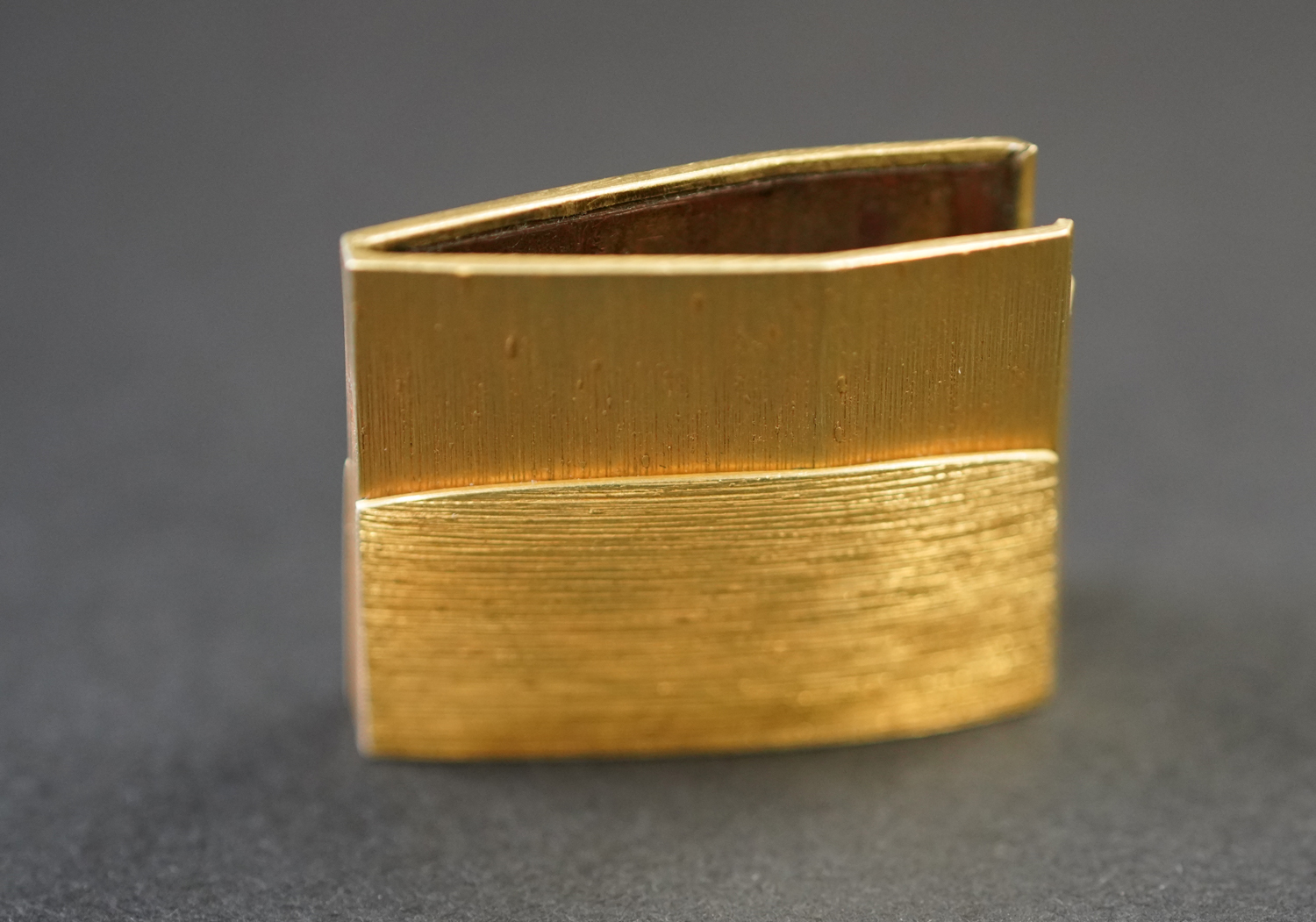
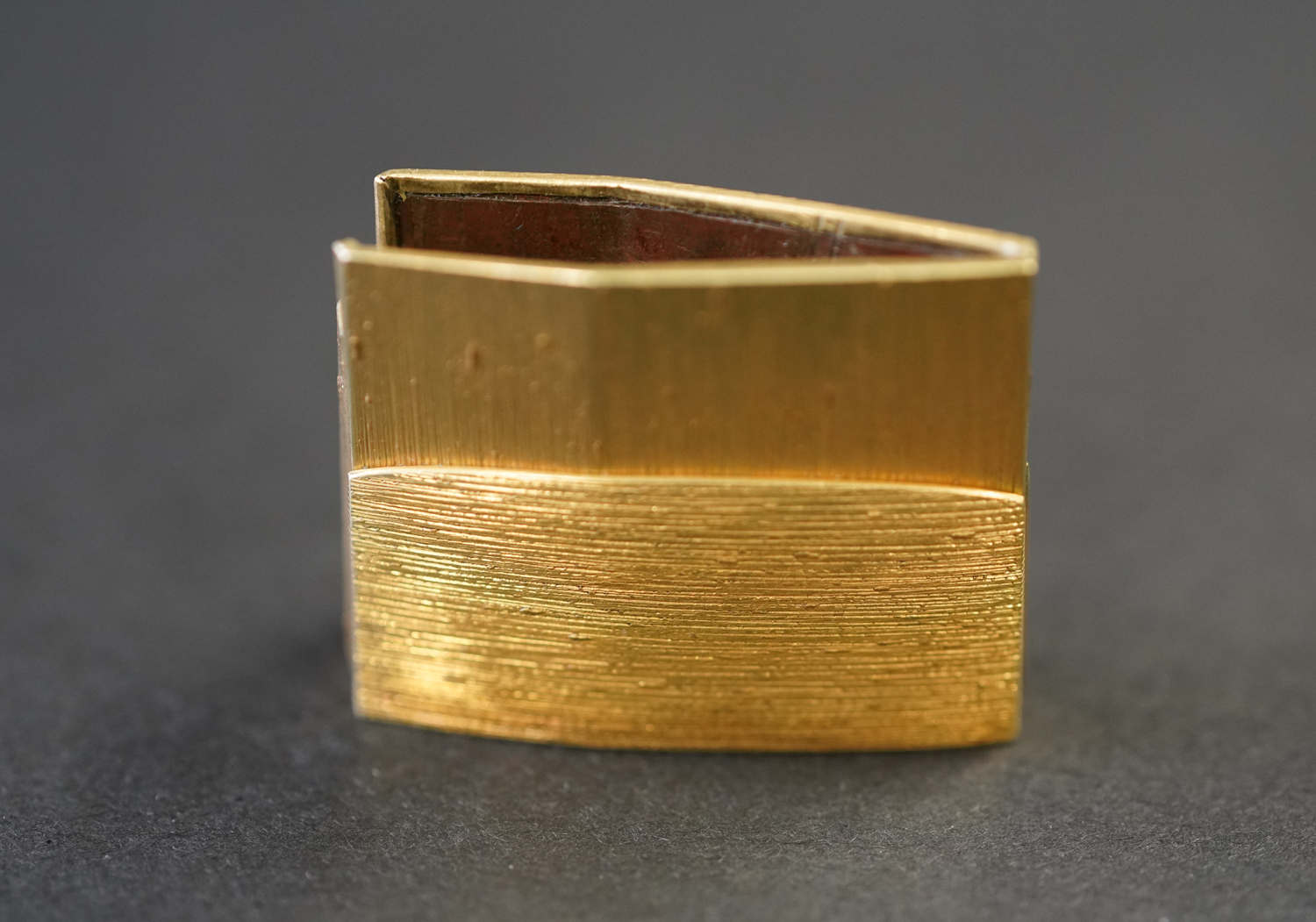
CONTACT
SEARCH
-
PERIOD LISTS
Koto|Shinto|Shinshinto|GendaitoPRICE LISTS
~¥500,000 JPY|¥510,000 JPY~¥1,000,000 JPY|¥1,010,000 JPY~¥2,000,000 JPY|¥2,010,000 JPY~¥3,000,000 JPY| ¥3,010,000 JPY~¥4,000,000 JPY|¥4,010,000 JPY~¥5,000,000 JPY|¥5,010,000 JPY~¥10,000,000 JPY|¥10,010,000 JPY~ |Please contact us -
PAPER LISTS
Important art appraisal|Others|No appraisalJpanese Swords
NBTHK Tokubetsu Jyuyo|NBTHK Jyuyo|NBTHK Tokubetsu Hozon|NBTHK HozonFittings
NBTHK Tokubetsu Jyuyo|NBTHK Jyuyo|NBTHK Tokubetsu Hozon|NBTHK Hozon


